Introduction
The restoration of the Ancestral Church of Fraião in Braga, Portugal, undertaken by Nuno Ferreira Capa | arquitectura e design, represents a meticulous analysis and thoughtful decision-making process. The project aimed to uncover the original characteristics of the church while addressing the degradation caused by previous interventions.
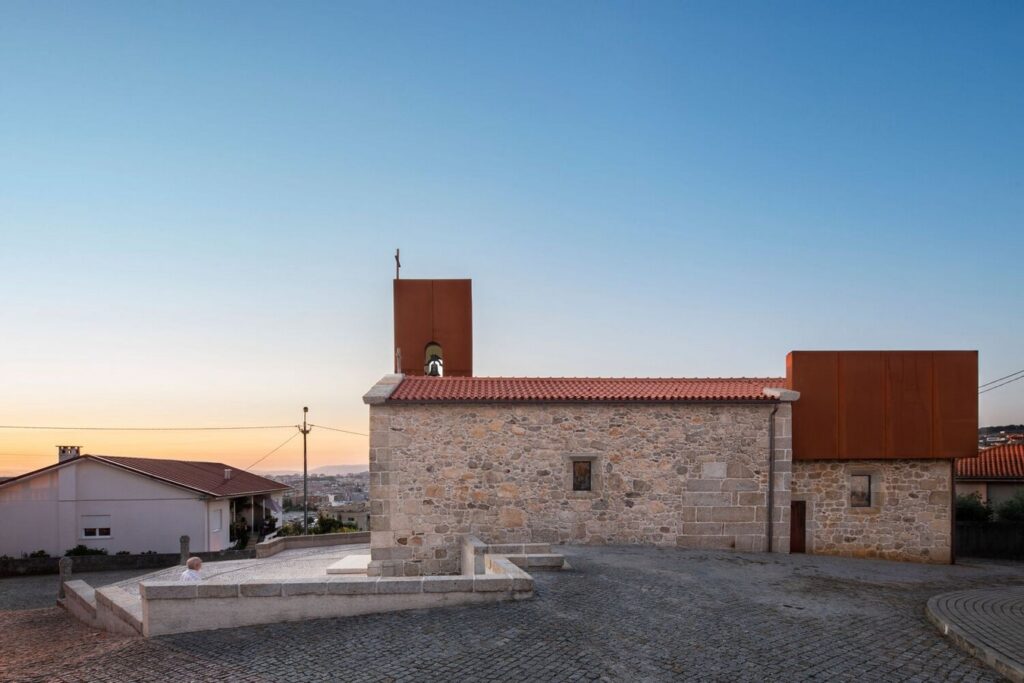
Uncovering Essence
The intervention began with an in-depth analysis of the church’s state, particularly focusing on the degradation resulting from early 20th-century interventions. Layers of painted cement mortars used for coatings and extensions obscured the church’s original features, prompting the decision to remove these degraded coatings and reveal its essence.
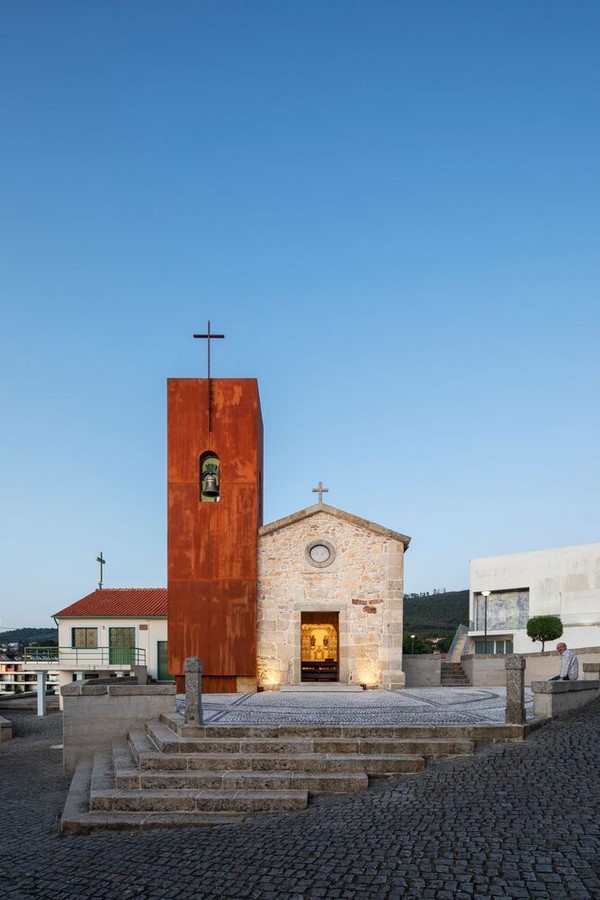
Spatial Organization
The design plan simplified the spatial organization, featuring two rectangles of slightly different dimensions – the nave and the main church – connected by an archway passage. Removing layers of mortar revealed the underlying structure, highlighting the simplicity of the original design.
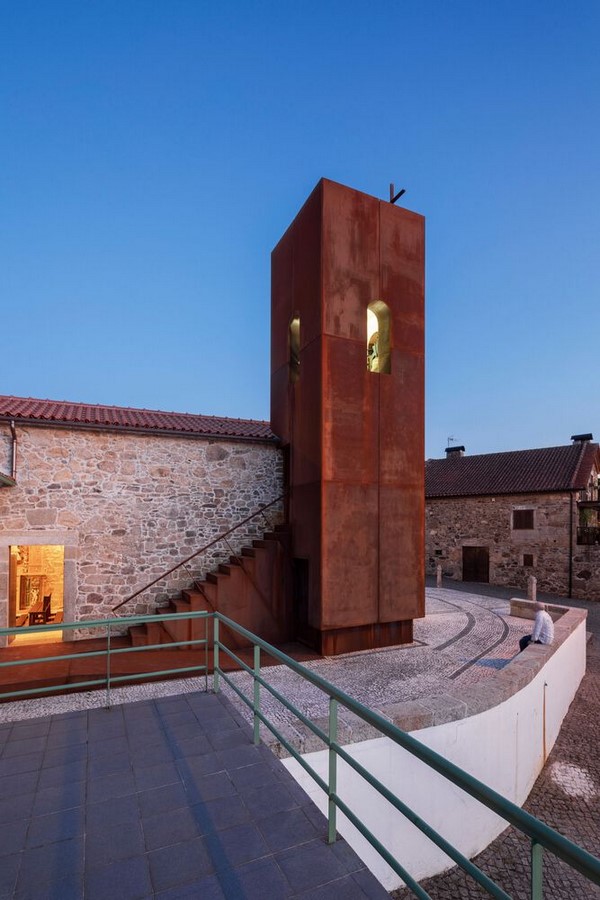
Contemporary Intervention
While honoring the church’s historical integrity, the restoration project also addressed contemporary needs such as thermal efficiency, accessibility, acoustics, and lighting. Additionally, it involved restoring the choir and altarpieces of the main and side chapels and installing new ceramic panels and stained glass windows.
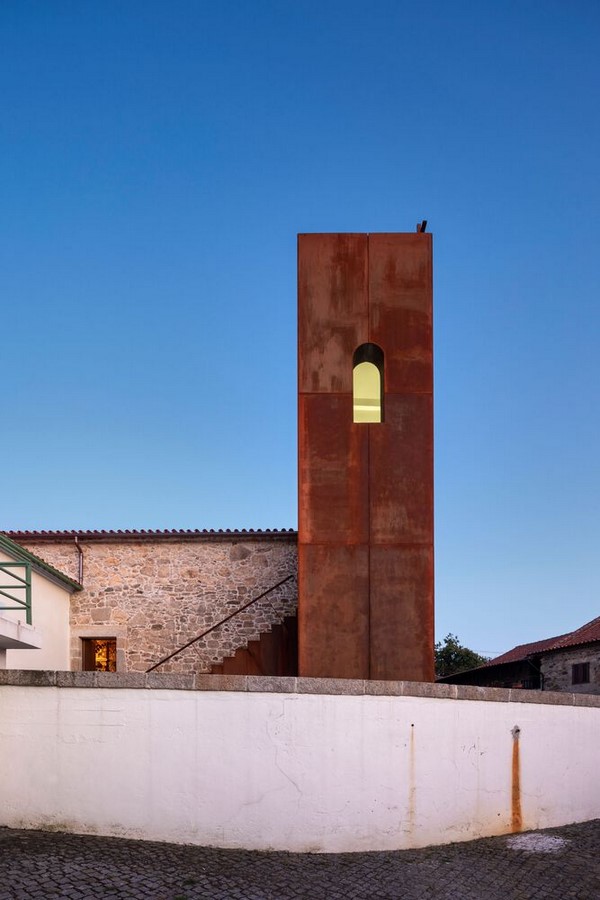
Facade Restoration
Layers of plaster and cement accumulated over the years were meticulously removed from the facade, exposing the original stone surface. This act symbolized a return to the church’s origins and set the stage for a contemporary intervention that respected the building’s historical significance.
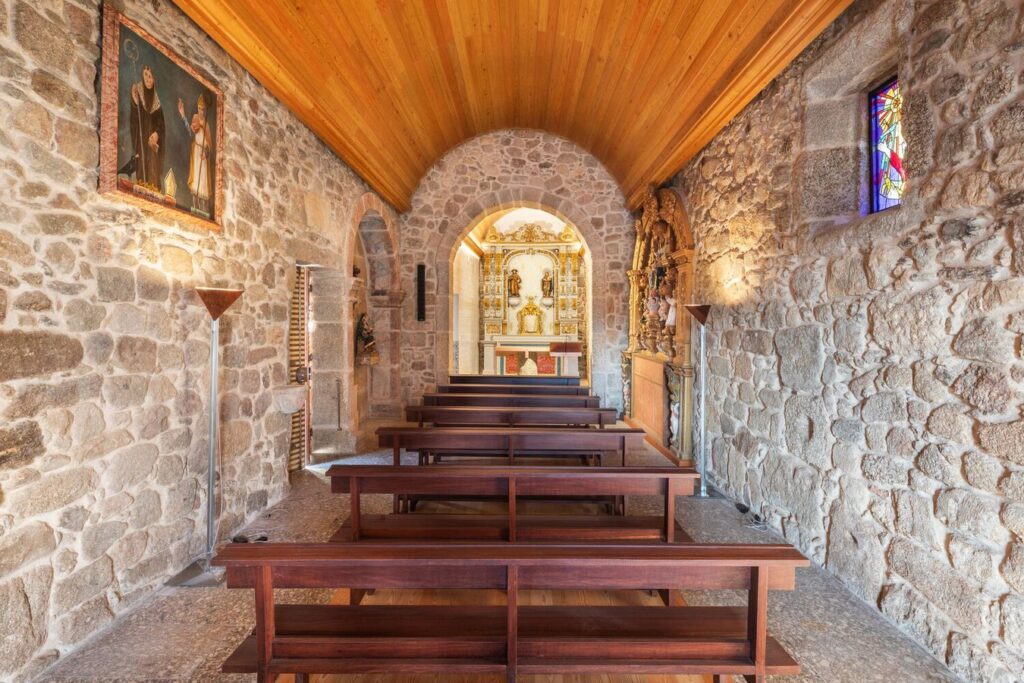
Integration of Modern Elements
While some aspects of the church were restored to their original state, others received contemporary interventions. For instance, the bell tower and the eastern/southern elevation incorporated a steel skin patina, specifically Corten steel, which matures over time, adding a unique aesthetic to the structure.
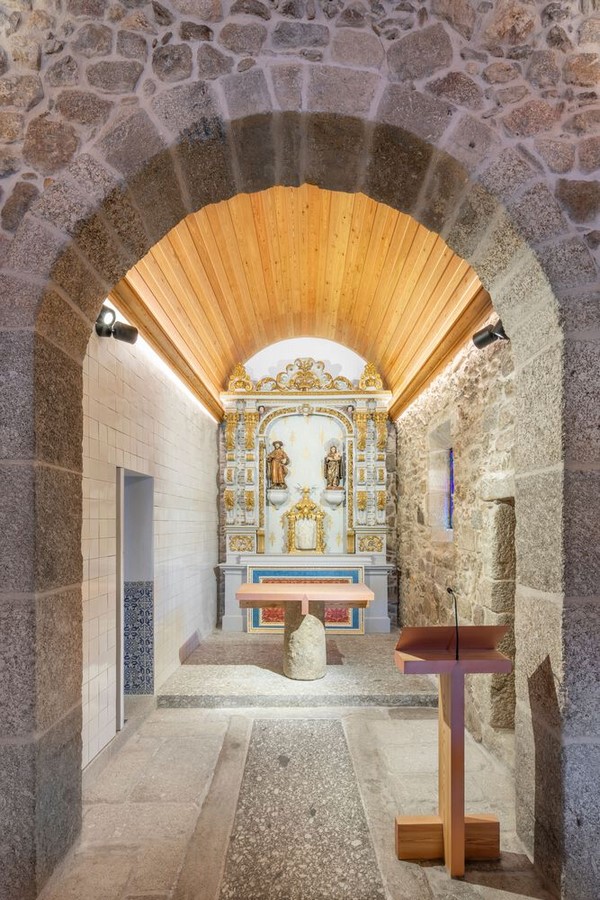
Conclusion
The restoration of the Ancestral Church of Fraião strikes a delicate balance between preserving historical authenticity and integrating modern elements. Through a meticulous restoration process, the project honors the church’s heritage while ensuring its relevance for future generations.



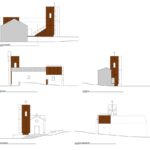
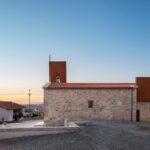
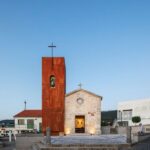
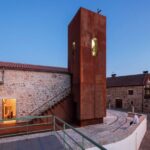
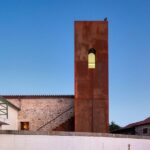
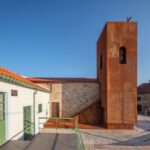
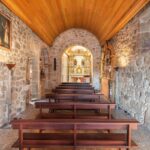
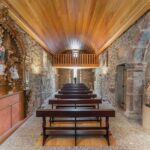
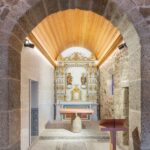
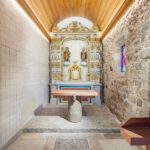

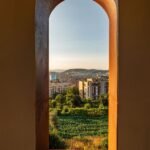
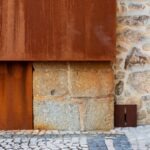
Leave a Reply